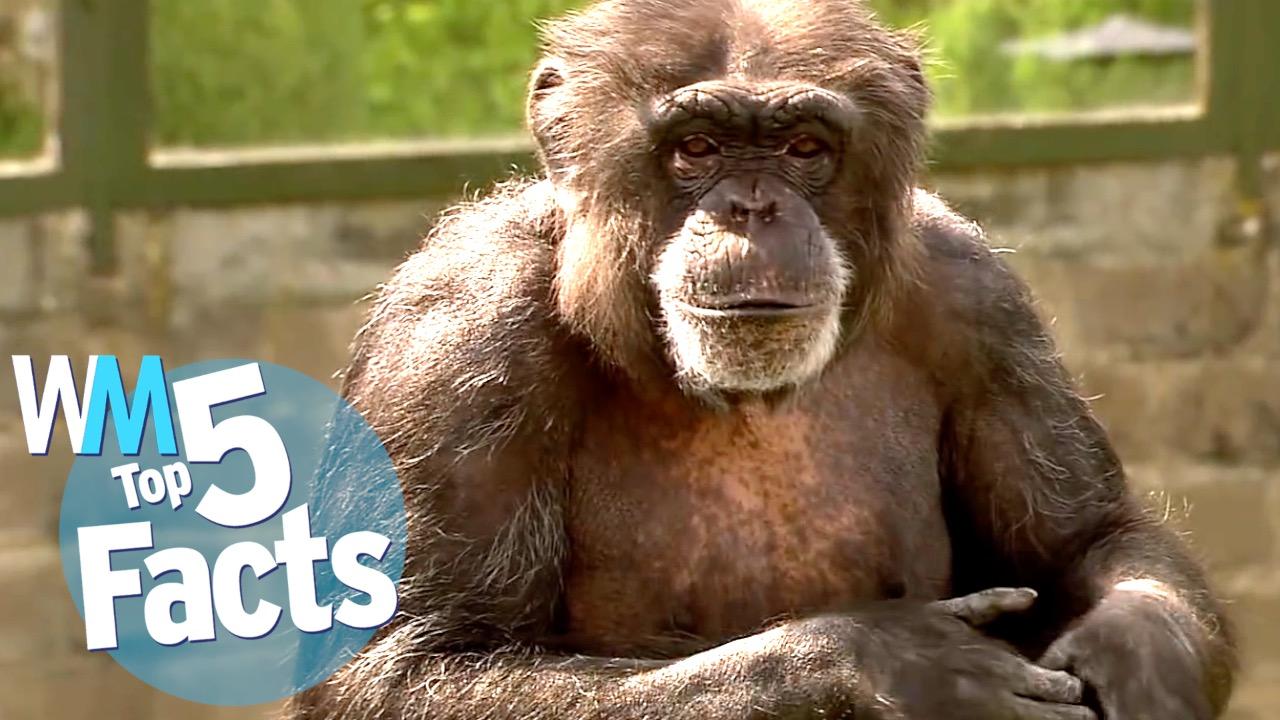

All chimpanzees build sleeping nests in trees at night (Rowe 1996). Chimpanzees are both terrestrial and arboreal, with the amount of time spent on the ground varying between study sites and between sexes (Doran 1996). Locomotion patterns include quadrupedal knuckle walking and occasional bipedalism. They have prominent ears and both males and females have white beards. Pan troglodytesĬhimpanzees are all black but are born with pale faces and a white tail tuft, both of which darken with age.

Males and females have an average height of 816 mm (2.68 ft) (Rowe 1996). They have a more robust build than bonobos ( Pan paniscus) and are slightly sexually dimorphic with males, on average, weighing 40 to 60 kg (88.2 to 132 lb) and females, on average, weighing 32 to 47 kg (70.5 to 104 lb) (Rowe 1996). MORPHOLOGYĬhimpanzees exhibit very little morphological differences between subspecies. For example, by categorizing chimpanzees as Homo, it might be considered unethical to keep them in zoos or use them in research. The implications of changing the taxonomical categorization could have enormous impacts on how chimpanzees are perceived and the rights extended to them. Their small faces have defined brows, small nostrils and small muzzles.Some argue that chimpanzees should be categorized in the same genus as humans, Homo, based on the fact that chimpanzees and humans diverged only 4 to 6 million years ago (Groves 2001). Chimpanzees have fingernails, toenails and opposable thumbs, just like humans.
CHIMPANZEE FACTS SKIN
They have pink skin at birth but, as they grow, the skin turns black. In the winter months, the chimpanzees can been seen in their habitat’s indoor viewing area.Ĭhimpanzees have long black or brown hair covering their bodies, but have no hair on their faces, ears, hands or feet. The primates spend their days foraging, grooming and playing, just as they would in their native African environment. The Great Apes of Harambee is a 4-acre habitat that is also home to western lowland gorillas. If you do not immediately see an animal, we encourage you to spend a few minutes looking around at the various viewing areas and talking to the Docents who can point out the animals if they are resting somewhere. The animals at the Detroit Zoo have many choices for how they spend their time. Visitors often ask why they can’t see the chimpanzees at all times, and this is because of the large size of their habitat. Bubbles vocalizes enthusiastically whenever pumpkins and piñatas are placed in the habitat. Nyani prefers to do her own thing and spend time alone. Tanya seems to enjoy playing with the other young chimps. Trixi is mother to twins Tanya and Nyani, and she is the adoptive mom of Zane.

Imara is the dominant male in the habitat and Trixi is the dominant female in the habitat.

Other younger members of the troop include Zuhura, a female born in August 2013, female Akira, born in July 2011, and Ajua, born in September 2008. Jane Goodall first traveled to what is now Gombe Stream National Park in Tanzania to study the social interactions of wild chimpanzees. Jane arrived in the early hours of the first World Chimpanzee Day in 2018, recognizing the day in 1960 when legendary primatologist and anthropologist Dr. Abby also gave birth to daughter Chiana at the Detroit Zoo in 1994. Another youngster in the troop is Jane she is the second baby born to mother, Abby. Zane was nurtured by Detroit Zoological Society animal care staff for 5 months before uniting with adoptive mom, Trixi. At the Detroit Zoo The Great Apes of Harambee is home to 12 chimpanzees, including the newest addition, Zane, who was born in January 2020.


 0 kommentar(er)
0 kommentar(er)
